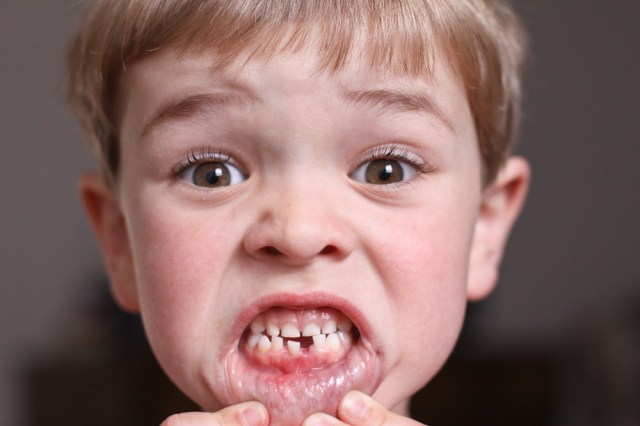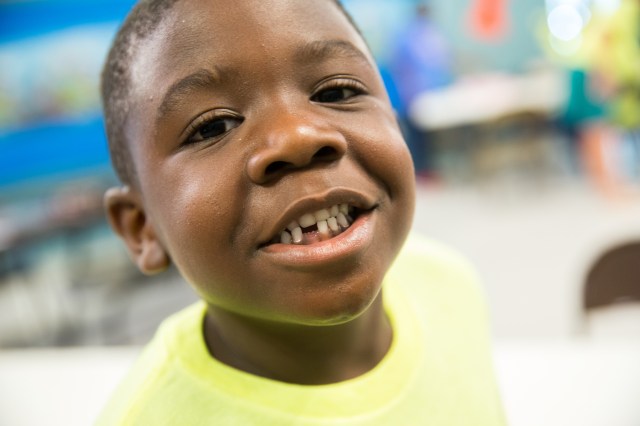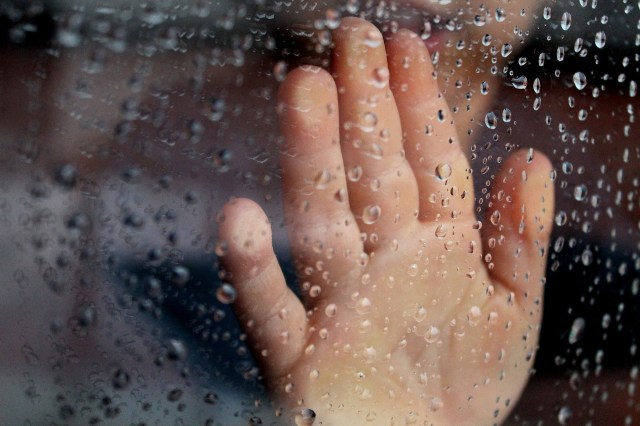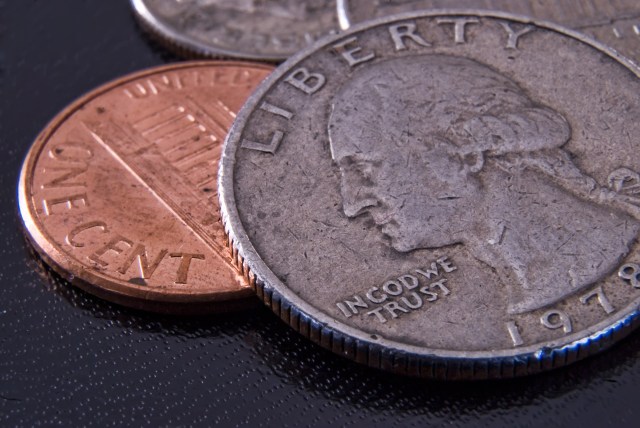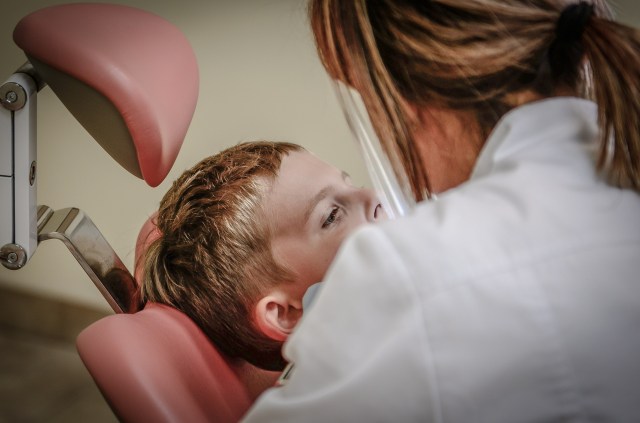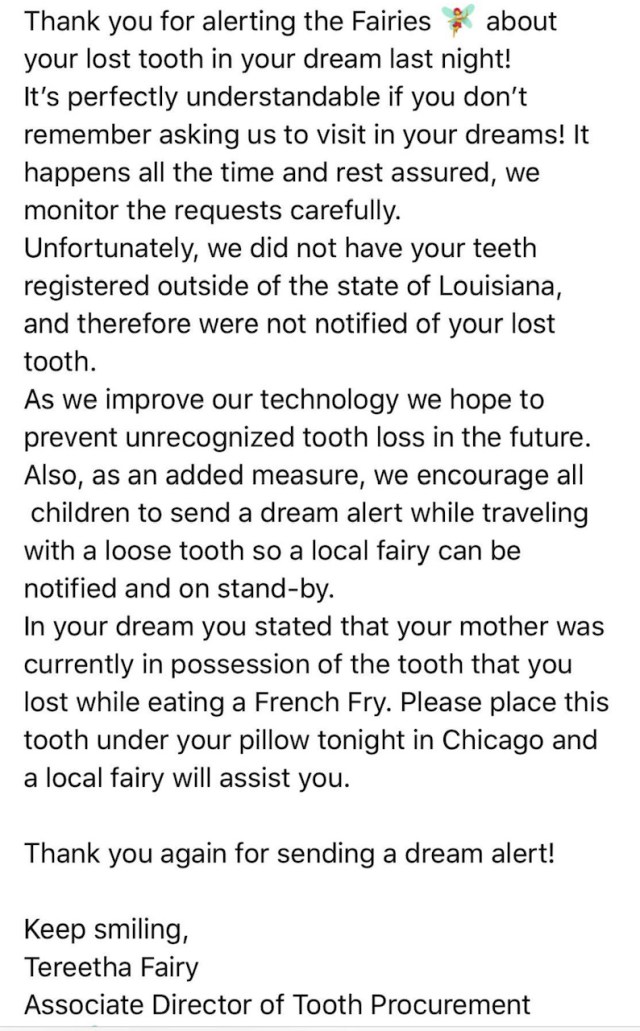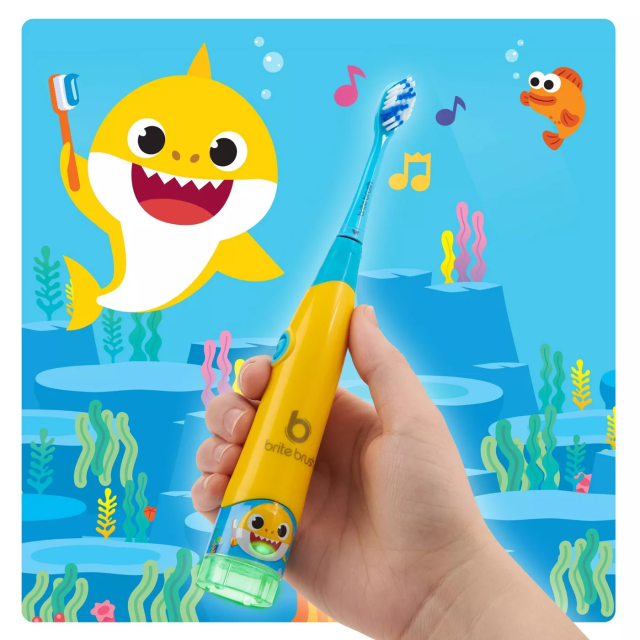Parental duties never end, but nightmares—like your child’s dental visits—are always a good learning opportunity. If you haven’t yet figured out the logistics of getting your little one through those hair-raising moments, fear not. Perhaps some tips that begin at home will set you on the right track.
1. Don’t let them smell the fear. This is one hard-and-fast rule that applies to anybody, from adult humans to animals. Children definitely figure on this list. If you are terrified of the dentist or have had unpleasant dental experiences in the past, chances are you’re going to let it slip at home. The moment your child picks up on this, you can bank on them being scared of the unknown factor that goes by the moniker of ‘dentist.’ Never let your child know about your fear. Try making it sound like a good thing. Allow your kid to experience their first dental visit without the shadow of your dental trials clouding their appointment.
2. Prepare the young ones right from the start. If you begin a good oral hygiene routine early, chances are your pediatric dentist will have nothing to do but compliment your efforts and let you off easy. Start by massaging the gums with a soft cloth before 6 months of age. Once the teeth start coming in, use a toothbrush and continue brushing your child’s teeth for them until they can do it themselves. Allow them to watch you brushing so they pick up the pattern and don’t miss any spots.
Diet-wise, make sure to avoid the sugary stuff, particularly before bedtime. If they’re breast or bottle feeding, take care that milk doesn’t pool in the mouth. Introduce healthy, fibrous foods into their diets as they grow older.
3. Prepare yourself. Although preparing your child is an important consideration, another facet is how well-prepared you are. With infants, the whole process depends on you. Ideally, a child’s first dental visit should be between 6 months to 1 year of age. This is an age when you cannot explain anything to them and the whole dental visit depends on you and your good luck. With children that young, you’ll have to sit in the dental chair yourself and hold your child in your lap. Relax as much as possible and try reassuring your child through your own special signals that they can pick up on.
With slightly older children, you can expect tantrums but prepare to be firm and supportive at the same time. Do not warn them not to cry beforehand, because this will automatically create the impression that they have something to fear. Instead, act like it’s just a regular visit. A casual, laid-back approach with an emphasis on taking care of their teeth, and brushing before the appointment, will convey just the right attitude.
Another detail to remember is that, as a parent, you may be anxious about your child. However, be sure not to translate this in your gestures, as you may simply be presenting them with an opportunity to take advantage of your fear, throw tantrums, or make the visit doubly difficult. Offer all your support while keeping your fears at bay. Discuss any concerns you may have with your dentist, preferably out of the hearing range of your child.
4. Don’t let other people’s stories determine how your appointment will go. Remember that, while other parents may be able to give you good tips with references to their own experiences, each child is different with individual concerns. What works for one child may not work for another, and what applies to one may not apply to another. Telling your child to behave a certain way or to expect a certain thing puts additional pressure on them and may create an illusion of a right which may be completely wrong in their case. This applies to you as well, because parental expectations and behavior matters.
5. The dentist is not the big, bad monster. We are all guilty of this one. When you want your child to behave, you scare them with monsters and doctor’s needles. Maybe you threaten them with a visit to the dentist if they don’t take care of their teeth. Inadvertently, though, you create an irrational fear of the dentist when you do this. Children are not born with a fear of doctors or dentists. Unthinking comments on pain, injections, and other scary threats lead them to believe that they have a reason for fear. Always try to make the dentist sound like the good guy.
Right from the time they are old enough to understand, avoid phrasing dental or doctor’s appointments in scary terms. Instead, try presenting it in a positive light.
6. Scheduling your appointment at the optimal time. Your child is a lot less likely to be cranky if you schedule an appointment in the daytime; preferably morning. A dental visit at the end of a tiring day, particularly for children, is daunting for everyone—from your child to the dentist, and even you.
Also, remember to be on time. Running late will also have tempers running high, time running low, and a less-than-satisfactory appointment.
7. Strike the right balance. Try to be open to the possibilities that your child’s dentist suggests in terms of treatment. Do not cling to your child or allow them to cling to you if they are old enough to understand. With young children between infancy to 4 years of age, it’s best to make sure you are there within sight or holding their hands. Avoid flinching, gesturing, or talking to the dentist using terms that convey anxiety to your child.
Dr. Sonal Bhoot is the founder of Dental Expressions Lee’s Summit. She has over 15 years of dental experience and received her doctorate in Dental Medicine. (DMD) in 2003 from the New Jersey Dental School. Dr. Bhoot has certifications and proficiencies in cosmetic dentistry, CEREC training, Invisalign, endodontics, Oral Surgery
